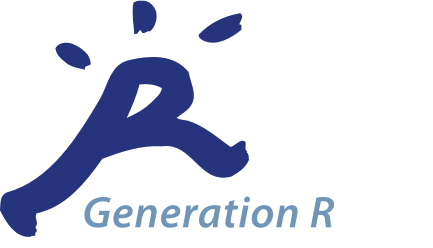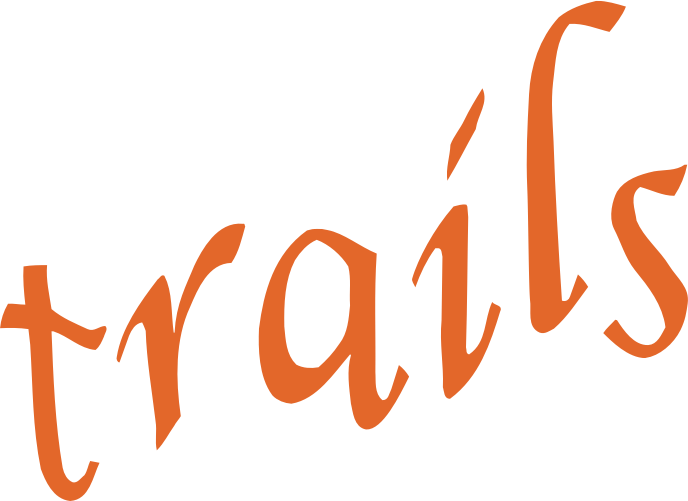-
measure Inventory of Callous-Unemotional traits (ICU)
Study: Generation R Mode of collection: SelfAdministeredQuestionnaire Available measurements: Main Cohort 9-10 years 13-14 years Covid questionnairesThe Inventory of Callous-Unemotional traits (ICU) is a 24-item questionnaire that assesses callous and unemotional (CU) traits, a central feature of psychopathy, also known as abnormal affective empathy (Jones et al., 2010). CU traits are defined by a lack of empathy, guilt, remorse and emotion (Moran et al., 2009). The ICU has three subscales:...Created May 3, 2023 • Updated May 3, 2023 -
measure Norms and values
Study: Generation R Mode of collection: SelfAdministeredQuestionnaire Available measurements: Main Cohort Mid pregnancy Covid questionnairesThis dataset has no description
Created May 3, 2023 • Updated May 3, 2023 -
measure Short Obsessive Compulsive Disorder Screener (SOCS)
Study: Generation R Mode of collection: SelfAdministeredQuestionnaire Available measurements: Main Cohort 8 years 9-10 years 13-14 years Covid questionnaires 17-18 yearsObsessive compulsive symptoms were assessed using the Short OCD Screener (SOCS) at multiple times via the main caregiver- and child-report. The SOCS is a 7-item scale questionnaire measuring compulsive behaviors including checking, repetition, and ability to stop behaviors, assessed on a 3-point Likert scale.Created May 3, 2023 • Updated May 3, 2023 -
measure Rosenberg Self-Esteem Scale (RSE)
Study: Generation R Mode of collection: SelfAdministeredQuestionnaire Available measurements: Main Cohort Late pregnancy Covid questionnairesThe Rosenberg Self-Esteem Scale (RSE) is a 10-item scale that measures global self-worth in adolescents by measuring both positive (5 items) and negative (5 items) feelings about the self. Although originally constructed as a Guttman-type scale (i.e., items with an ordinal pattern on the attribute), most researchers use a 4-point response format ranging...Created May 3, 2023 • Updated May 3, 2023 -
measure Bullying and victimization
Study: Generation R Mode of collection: SelfAdministeredQuestionnaire Available measurements: Main Cohort 5-6 years 8 years 13-14 years Covid questionnairesUsing teachers, main caregiver, and self reports, three forms of common bullying involvement: physical, verbal, and relational, were assessed.Created May 3, 2023 • Updated May 3, 2023 -
measure Rosenberg Self-Esteem Scale (RSE)
Study: NTR Mode of collection: SelfAdministeredQuestionnaire Available measurements: Young Netherlands Twin Register YS_DHBQP YS_DHBQ14 YS_DHBQ16 YS_DHBQ18 YC_BS2The Rosenberg Self-Esteem Scale (RSE) is a 10-item scale that measures global self-worth in adolescents by measuring both positive (5 items) and negative (5 items) feelings about the self. Although originally constructed as a Guttman-type scale (i.e., items with an ordinal pattern on the attribute), most researchers use a 4-point response format ranging...Created March 28, 2023 • Updated April 4, 2023 -
measure Iowa-Netherlands Comparison Orientation Measure (INCOM)
Study: NTR Mode of collection: SelfAdministeredQuestionnaire Available measurements: Young Netherlands Twin Register YE_ATTEF3The Iowa-Netherlands Comparison Orientation Measure (INCOM) is an 11-item measure of individual differences in social comparison orientation. It identifies people who are high and low in their tendencies to use social comparisons, but does not identify the motives that respondents have for making social comparisons.Created March 28, 2023 • Updated April 4, 2023 -
measure Self-Assessment Manikin (SAM)
Study: TRAILS Mode of collection: SelfAdministeredQuestionnaire Available measurements: Population cohort T3
Clinical cohort T3Validated assessment of subjective stress-reactivity before and after the Spatial Orienting Task, Bangor Gambling Task, Trier Social Stress Test, and Startle Reflex Task.Created March 28, 2023 • Updated March 28, 2023 -
measure Trier Social Stress Test (TSST)
Study: TRAILS Mode of collection: MeasurementsAndTests Behavioral/cognitive task Available measurements: Population cohort T3
Clinical cohort T3Assessment of physiological and subjective stress reactivity. The participants have to prepare a short presentation about themselves, publicly (in front of a camera) give this short presentation about themselves, and perform a (too) difficult mental calculation (during which they receive negative feedback). Physiological stress-reactivity includes heart...Created March 28, 2023 • Updated March 28, 2023 -
measure Children’s Social Behavior Questionnaire (CSBQ)
Study: TRAILS Mode of collection: SelfAdministeredQuestionnaire Available measurements: Population cohort T1 T2 T3 T4
Clinical cohort T1 T2 T3 T4Validated assessment of autism spectrum problems. Includes tuning behaviour/emotion to the situation, social contact, social insight, fear of and resistance to change, stereotyped behaviour, and orientation problems in time, place or activity.Created March 28, 2023 • Updated March 28, 2023 -
measure Prosocial Behaviour Questionnaire
Study: TRAILS Mode of collection: SelfAdministeredQuestionnaire Available measurements: Population cohort T1 T2 T3
Clinical cohort T1 T2 T3Validated assessment of social competence.Created March 28, 2023 • Updated March 28, 2023 -
measure Spatial Orienting Task (SOT)
Study: TRAILS Mode of collection: MeasurementsAndTests Behavioral/cognitive task Available measurements: Population cohort T3
Clinical cohort T3Validated assessment of attentional processes. The participants are instructed that they can either win or loose points after which they have to push a button if they see a target pop up. The target either pops up fast or really fast and the location where the target pops up can be primed or not. Includes performance, heart rate, heart rate variability,...Created March 28, 2023 • Updated March 28, 2023 -
measure State-Trait Anxiety Inventory (STAI)
Study: TRAILS Mode of collection: SelfAdministeredQuestionnaire Available measurements: Population cohort T3
Clinical cohort T3Validated assessment of subjective stress-reactivity before and after the Spatial Orienting Task, Bangor Gambling Task, Trier Social Stress Test, and Startle Reflex Task.Created March 28, 2023 • Updated March 28, 2023 -
measure Startle Reflex Task
Study: TRAILS Mode of collection: MeasurementsAndTests Behavioral/cognitive task,Biological sample/measurement Available measurements: Population cohort T3
Clinical cohort T3Assessment of physiological and subjective stress reactivity. The participants have to watch nine short videos during which they are startled by a white noise. Physiological stress-reactivity includes heart rate, heart rate variability, pre-ejection period, blood pressure, baroreflex sensitivity, respiratory sinus arrhythmia, and eye blink reflexes....Created March 28, 2023 • Updated March 28, 2023 -
measure Profiles of Moods Schedule (POMS)
Study: TRAILS Mode of collection: SelfAdministeredQuestionnaire Available measurements: Population cohort T3
Clinical cohort T3Validated assessment of subjective stress-reactivity before and after the Spatial Orienting Task, Bangor Gambling Task, Trier Social Stress Test, and Startle Reflex Task.Created March 28, 2023 • Updated March 28, 2023



